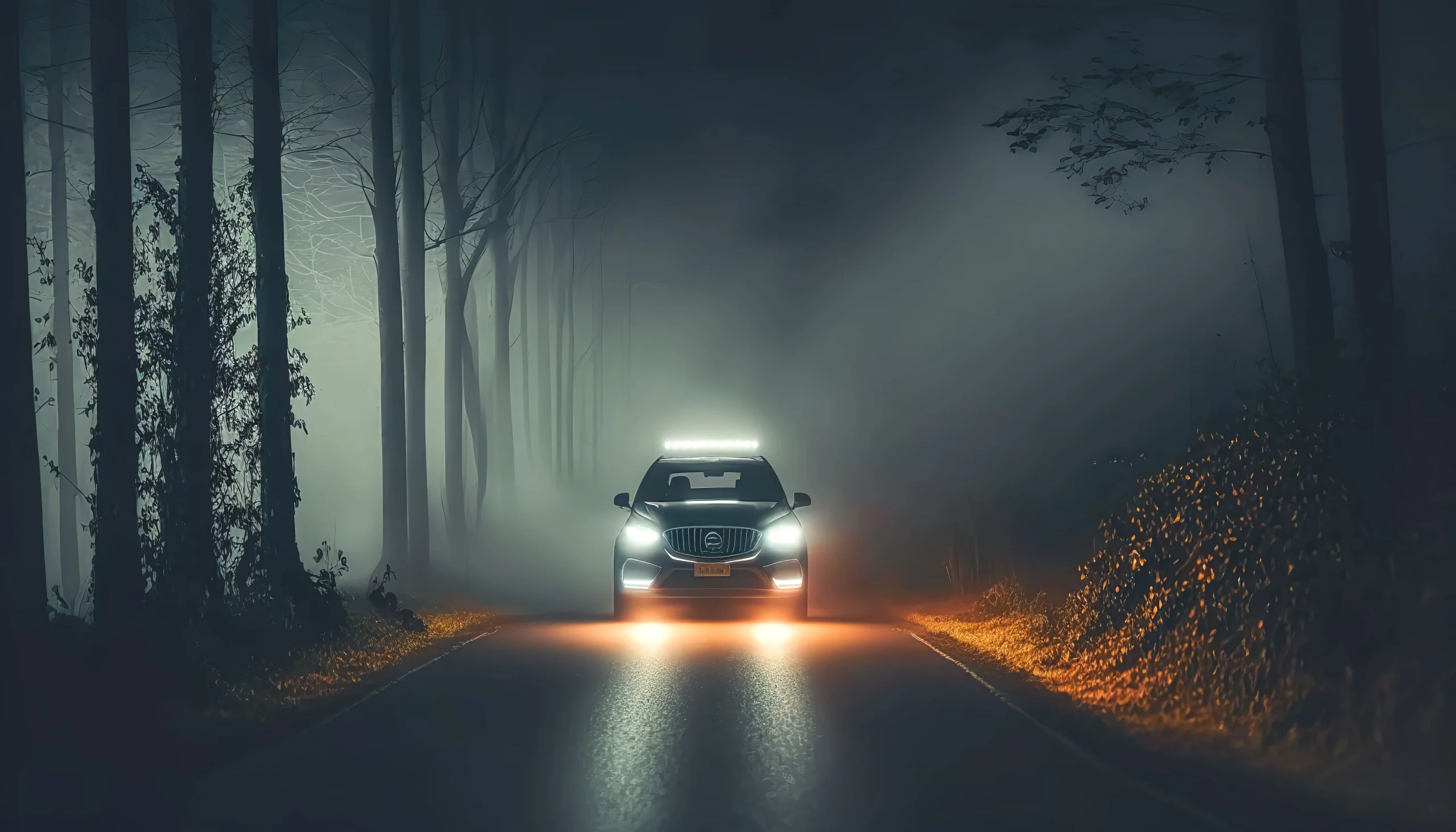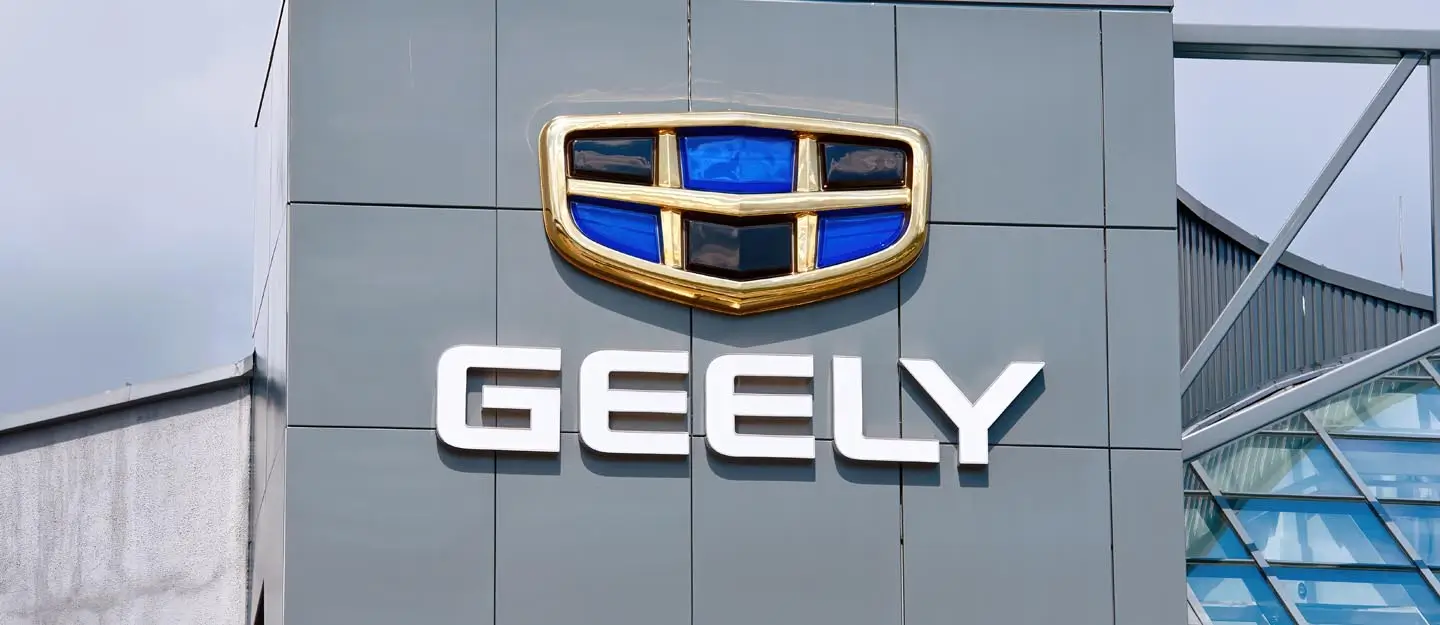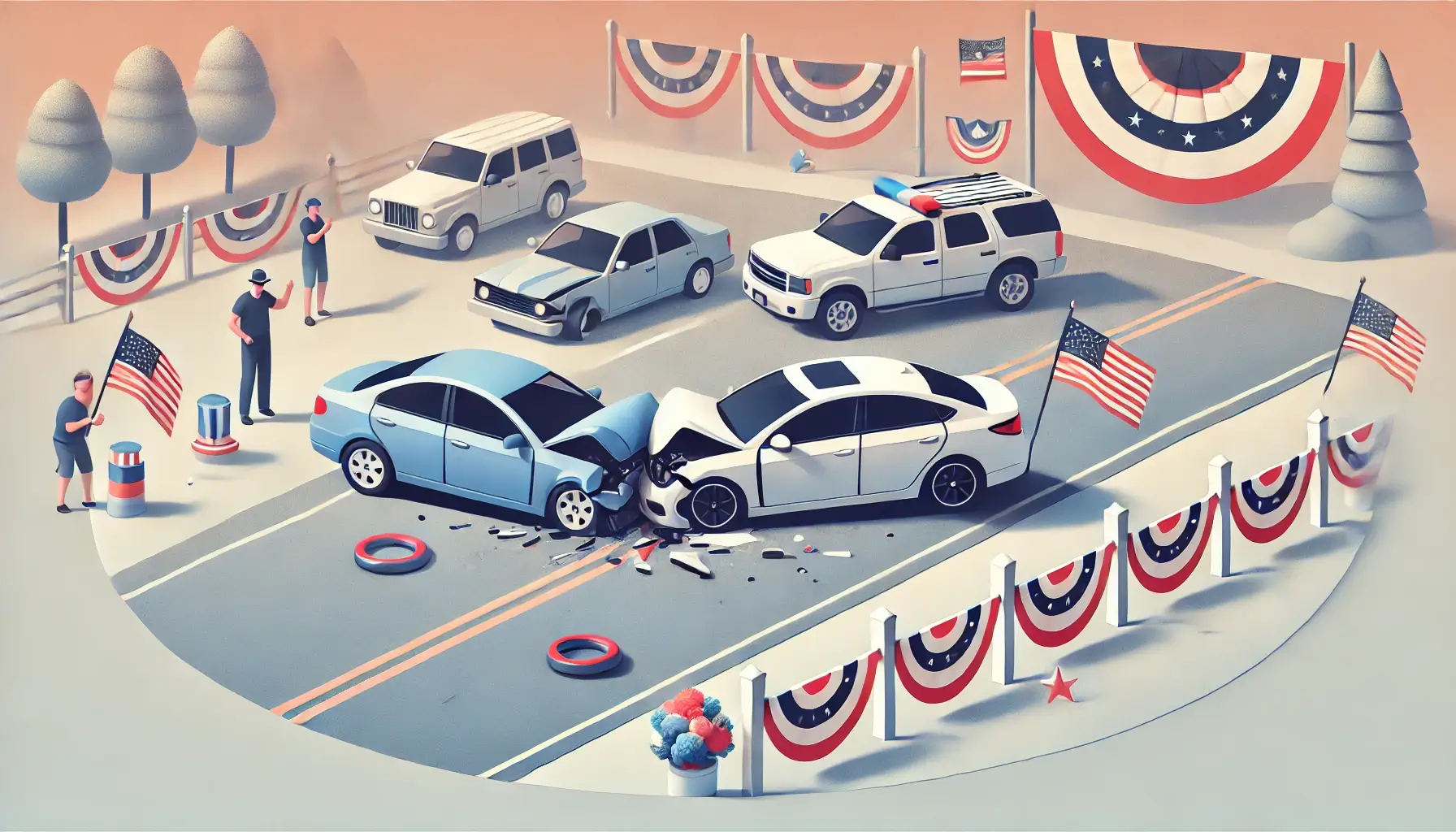Have you ever found yourself squinting or momentarily blinded by an oncoming vehicle’s headlights at night? It’s a common grievance among drivers, one that seems especially pronounced in the United States. This isn’t just a matter of overactive high beams but a symptom of a larger, regulatory and technological divide that separates American roads from those in Europe, Asia, and even Canada. In this article, we’ll shine a light (pun intended) on why American drivers are still waiting for a solution that’s been illuminating roads elsewhere for years and explore the intricacies of adaptive driving beam (ADB) technology, regulatory roadblocks, and the path forward.

How U.S. Headlight Policies Need to Change (PDF)
Adaptive Driving Beam Headlights: A Global Perspective
Imagine driving at night, your vehicle’s headlights dynamically adjusting to ensure maximum visibility without blinding other drivers. This isn’t a futuristic dream but a current reality in many parts of the world, thanks to Adaptive Driving Beam (ADB) technology. ADB systems can sculpt the light output to avoid directly illuminating other vehicles while maintaining bright illumination everywhere else. This means that drivers can effectively use high beams without the risk of dazzling others on the road. Pedestrians, cyclists, and animals remain visible, and overall road safety is enhanced.
In contrast, the closest technology available in the U.S. are automatic high beams, which simply toggle between high and low settings based on oncoming traffic. The limitation? Drivers end up relying on less effective low beams much of the time, compromising visibility and safety.
The Regulatory Roadblock
Despite the clear advantages of ADB, its adoption in the U.S. has been stalled by regulatory challenges. New rules enacted by the U.S. National Highway Traffic Safety Administration (NHTSA) in 2022 were meant to usher in the era of ADB. However, differences in regulatory standards have made it difficult for automakers to integrate ADB systems that align with U.S. requirements. This discrepancy has led to a peculiar situation where some luxury vehicles in the U.S. possess the hardware for ADB but lack the necessary software activation due to these regulatory constraints.
A Tale of Two Standards
The heart of the issue lies in the NHTSA’s stringent requirements for ADB systems, which are significantly more restrictive than those set by SAE International and regulations in place in the EU and Canada. For example, the U.S. standards demand rapid response times to oncoming traffic and precise delineation between illuminated and non-illuminated areas, necessitating a complete redesign of headlamp systems for the American market. This has not only delayed the introduction of ADB but also increased costs for manufacturers, prompting calls from industry leaders for a reevaluation of the regulations.
Vision Versus Glare
NHTSA’s primary concern with ADB technology revolves around reducing glare for other drivers, a noble goal given the rise in complaints associated with brighter and more powerful headlights. However, critics argue that the regulations may overemphasize glare reduction at the expense of overall visibility enhancements that ADB offers. The debate highlights a critical balance between ensuring safety through visibility while minimizing discomfort or danger to other road users.
The Road Ahead
While the future of ADB in the U.S. remains uncertain, there’s hope that ongoing discussions between automakers, safety organizations, and regulators will lead to a compromise that allows for the adoption of this technology. Until then, American drivers are left to navigate the night with less advanced lighting solutions, waiting for the day when they, too, can benefit from the full potential of adaptive headlights.
Conclusion
The delay in adopting adaptive driving beam headlights in the U.S. is more than a technological oversight—it’s a safety concern that affects all road users. As we navigate this regulatory impasse, it’s crucial for all stakeholders to work together towards solutions that prioritize road safety without compromising on innovation. With continued advocacy and dialogue, there’s light at the end of the tunnel for American drivers, promising a future where night driving is safer and more comfortable for everyone.




